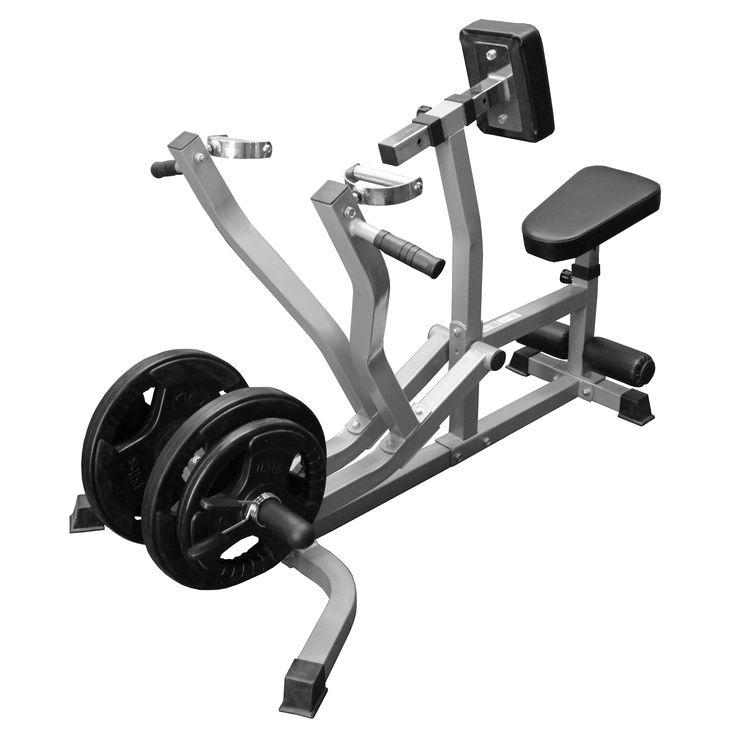Fitness Equipment Market Impact of COVID-19: Recovery Trajectories and Long-Term Growth Predictions

The Fitness Equipment Market experienced significant disruption due to the COVID-19 pandemic, with both challenges and opportunities arising from the global health crisis. During the height of the pandemic, gyms and fitness centers around the world were forced to close their doors, driving a surge in demand for home-based fitness solutions. At the same time, disruptions in manufacturing, logistics, and consumer behavior led to market volatility. As the world begins to recover, the fitness equipment industry is showing strong signs of resilience and growth. Understanding the impact of COVID-19 on the market and its recovery trajectory is essential to predicting long-term trends and growth.
Short-Term Impact of COVID-19 on the Fitness Equipment Market
In the immediate aftermath of the pandemic’s onset, fitness equipment sales saw a sharp increase as consumers adapted to the restrictions by investing in home gym equipment. With gyms closed, individuals sought alternatives for maintaining their fitness routines, leading to a surge in demand for items such as dumbbells, resistance bands, exercise bikes, and treadmills. Online retailers and direct-to-consumer brands like Peloton saw record sales, while established brands like NordicTrack and Bowflex adapted to the growing demand by ramping up production and improving their digital offerings.
However, the pandemic also disrupted supply chains, leading to shortages in popular fitness products and delays in product deliveries. Manufacturers struggled with factory closures and logistical challenges, which caused backlogs in orders, frustrating many consumers. Despite these challenges, the pandemic highlighted the importance of fitness and wellness, prompting many to adopt healthier lifestyles and integrate fitness into their daily routines.
Recovery Trajectories Post-Pandemic
As the global economy gradually recovers, the fitness equipment market is experiencing a period of adjustment. While gyms are reopening, many consumers have shifted their preferences to hybrid fitness models that blend in-person and at-home workouts. This trend is leading to sustained demand for home fitness equipment, especially for products that offer versatility and space-saving features. Brands that successfully integrate digital platforms with their equipment, offering virtual classes, real-time performance tracking, and personalized coaching, are particularly well-positioned to capture the evolving market.
The recovery phase is also marked by the continued adoption of digital fitness solutions, with virtual workouts and connected fitness devices remaining integral to consumer preferences. The post-pandemic focus on health and wellness, driven by the lingering effects of the virus and its long-term impact on mental and physical well-being, ensures that the fitness equipment market will continue to thrive.
Long-Term Growth Predictions
In the long term, the fitness equipment market is expected to continue its upward trajectory. The pandemic has acted as a catalyst for permanent changes in consumer behavior, with more people adopting home-based fitness routines and digital solutions. The growing interest in preventive healthcare, coupled with advancements in fitness technology, will continue to drive demand for connected and smart fitness equipment.
The market is also expected to see innovations in areas such as wearable fitness trackers, AI-powered machines, and virtual reality-based workouts. As consumers increasingly prioritize convenience, personalization, and flexibility, the demand for fitness equipment that integrates seamlessly with digital platforms is likely to rise.
Conclusion
The fitness equipment market has demonstrated remarkable resilience in the face of the COVID-19 pandemic. Although the immediate effects of the crisis caused disruptions in supply chains and led to a surge in demand for home-based fitness products, the long-term outlook remains positive. With the growing shift toward home fitness, digital solutions, and wellness, the market is poised for sustained growth. Companies that embrace innovation, adapt to consumer preferences, and provide flexible, connected fitness experiences will be the key drivers of future success in this rapidly evolving industry.






